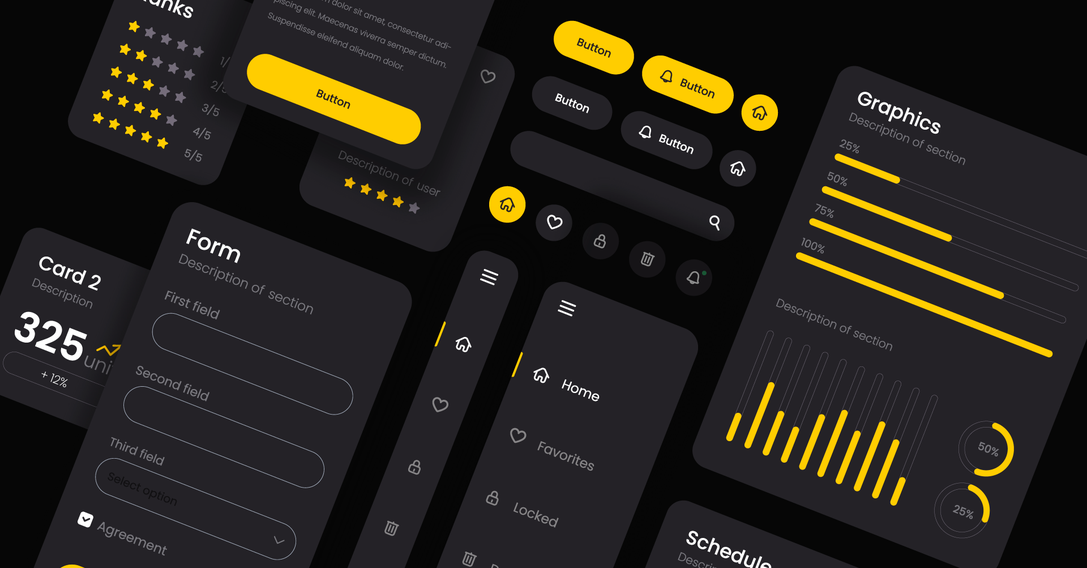4 min
August 7, 2023
Creating AMP pages
AMP stands for Accelerated Mobile Pages, or "accelerated mobile pages." It is an initiative led by Google to improve the performance and loading speed of websites on mobile devices.
AMP uses a simplified version of HTML, known as AMP HTML, and limits the use of certain elements and features that can slow down page loading. In addition, AMP uses a caching system that renders and serves pages from Google's AMP Cache or other content delivery networks, further improving page speed and performance.
Translated with www.DeepL.com/Translator (free version)
Listen to the audio version of this article.
AMP Web Stories
AMP Web Stories, also known as AMP Stories, is a format for designing visually appealing and interactive narratives on the web. Inspired by a format popular on social media, AMP Web Stories allows content creators to deliver immersive and easily digestible experiences through a series of scrollable cards.
Visual narration
AMP Web Stories are designed to be highly visual - focusing on images, videos and animations. Each story consists of multiple full-screen pages or tabs that users can navigate through by swiping.
Mobile-friendly
AMP Web Stories are optimized for mobile devices, providing a smooth and engaging experience on smartphones and tablets. They load quickly and are designed to be responsive for different screen sizes.
Interactivity
AMP Web Stories can include interactive elements such as quizzes, surveys and user interactions. As a result, they provide a more engaging and immersive narrative experience.
Discoverability
AMP Web Stories can be found on a variety of platforms, including search engines, social media and websites. They often appear in dedicated story carousels, further increasing visibility for creators.
AMP Compatibility
AMP Web Stories are created using the same technology as AMP websites, ensuring fast loading times and an optimized user experience. They adhere to AMP principles, such as code restrictions and advance rendering.
AMP Ads
AMP ads follow the same rules as standard AMP sites: they restrict the use of certain types of content and require certain technical requirements. The goal of AMP ads is to provide users with fast and smooth loading of ad content on mobile devices, reducing wait times and improving overall website performance.
AMP Email
This is an extension of the AMP project that enables the creation of interactive and dynamic web-like experiences in emails. The goal of Google AMP for email is to make emails more usable and actionable, reducing the need for users to leave the inbox to perform certain tasks or obtain dynamic content. It's worth noting, however, that not all email clients and providers support AMP for email. Although Gmail and some other platforms have implemented it, other email clients may display emails in a static fallback format if they do not support AMP.
Dynamic content
Email content can be updated in real time without the recipient having to refresh the page. This allows the current information to be displayed inside the e-mail itself.
Online shopping
For e-commerce-related emails, AMP for Email enables an interactive shopping experience where users can browse and add products to their shopping cart without leaving their inbox.
Real-time collaboration
Emails can include collaborative elements such as commenting or editing content, allowing multiple recipients to work together in the email itself.







